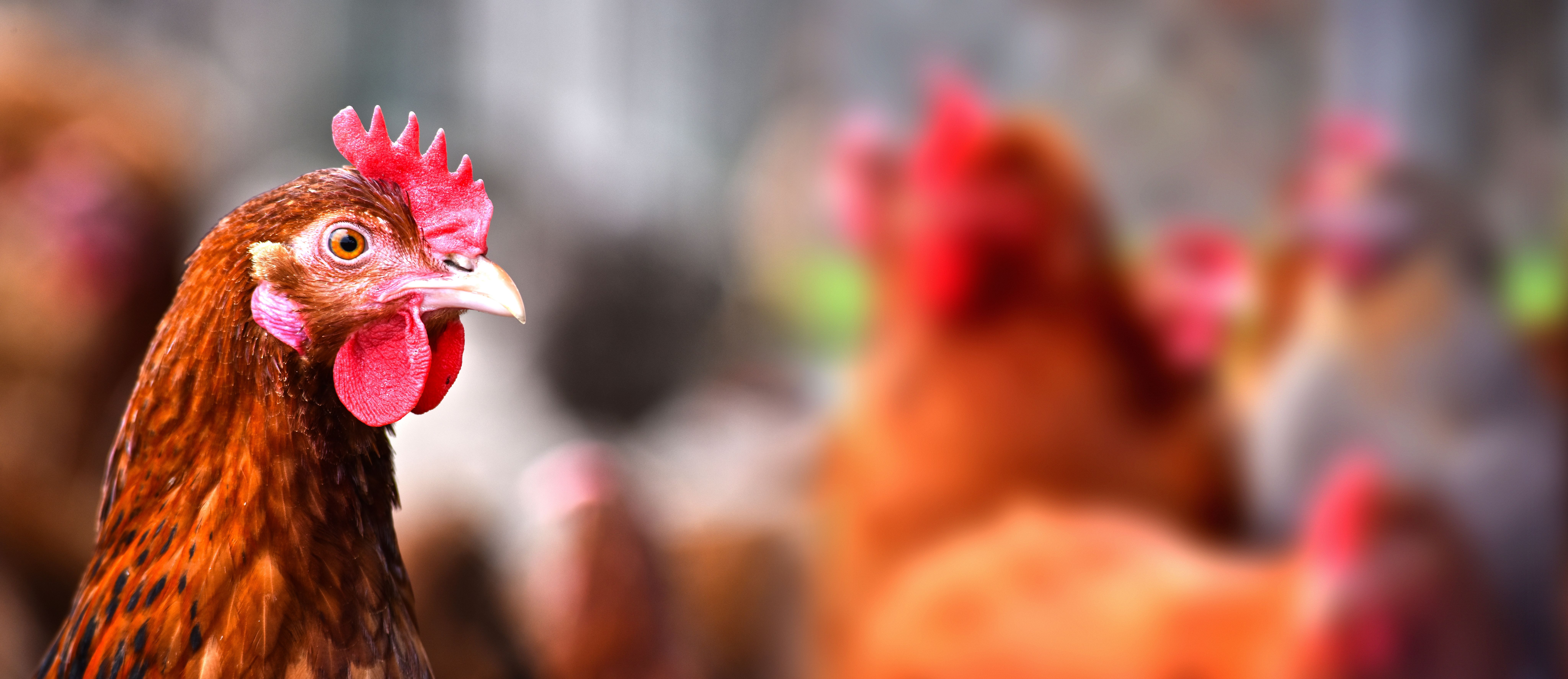Research offers insight into why current vaccines may fail against avian pathogenic E coli
"Our research shows that a one-size-fits-all approach to controlling avian pathogenic E coli infections is not effective," said Jai Mehat, BSc, PGCert, PhD, FHEA, coauthor of the study.
A study by researchers at the University of Surrey in Guildford, England, and the University of Bristol found that “high-risk” strains of avian pathogenic Escherichia coli (APEC) are more diverse and behave more differently than previously assumed.1 The findings suggest a reason for why colibacillosis—an infection caused by strains of APEC—remains challenging to control in livestock and poultry, and highlights a need for broader vaccine and disease management strategies that cover a larger range of pathogenic strains.
Colibacillosis is one of the most common and costly bacterial diseases in the world.2 Every year, the disease causes the loss of millions of dollars, greatly affecting poultry production.2 Among other complications, colibacillosis can lead to acute fatal septicemia, airsacculitis, pericarditis, perihepatitis, peritonitis, and lymphocytic depletion of the bursa and thymus.2

“Our research shows that a one-size-fits-all approach to controlling avian pathogenic E coli infections is not effective. Current vaccination strategies often target specific strains, but they may not protect against emerging APEC threats. Therefore, we need to develop new vaccines that can target a variety of APEC strains,” Jai Mehat, BSc, PGCert, PhD, FHEA, senior author of the UK-based study and lecturer in molecular bacteriology at the University of Surrey, said in a news report.3
The study, published in Virulence, looked at a colibacillosis outbreak in turkeys in the UK and identified a strain called ST101 that was the main cause of the break, responsible for nearly 60% of the infections. According to Feed & Additive, this strain had not been reported previously as the primary cause of the APEC outbreak in turkeys in the UK.3
Researchers at the University of Surrey compared ST101 with other high-risk APEC strains and found that the ST101, along with ST95 and ST140 strains, were especially effective at invading and surviving inside chicken gut cells and immune cells compared with ST23 and ST117 strains. The ST117 strain, however, proved the most lethal in an insect infection model, despite being less effective at cellular invasion. This finding suggests different strains cause disease in different ways.
Shahriar Behboudi, DVM, PhD, coauthor of the study and a professor in correlates of immune protection at the University of Bristol, said that existing vaccines target only certain strains, and broad-spectrum control measures are needed. “We extrapolate that broad-spectrum control measures, including the induction of trained immunity in chickens to control diverse strains, offer more effective protection, as current vaccines typically target specific strains and may fail against emerging APEC threats,” he said.3
“Infections caused by APEC are a foremost threat to farmed poultry. Increasing our surveillance of poultry flocks to better understand the presence and evolution of APEC strains will ensure our animals’ welfare, and, as a result, the safety of our food,” concluded Sara Perez, DVM, MSc, CertPMP, MRCVS, study coauthor and veterinary director at Poultry Health Services.3
References
- Adams JRG, Long H, Birdsall CA, et al. High‑risk clonal groups of avian pathogenic Escherichia coli (APEC) demonstrate heterogeneous phenotypic characteristics in vitro and in vivo. Virulence. 2025;16(1):2546682. doi:10.1080/21505594.2025.2546682
- Colibacillosis in poultry. Merck Veterinary Manual. Updated October 2025. Accessed November 18, 2025. https://www.merckvetmanual.com/poultry/colibacillosis/colibacillosis-in-poultry
- New research reveals diverse APEC threats for poultry. Feed & Additives. October 26, 2025. Accessed November 18, 2025. https://www.feedandadditive.com/new-research-reveals-diverse-apec-threats-for-poultry/